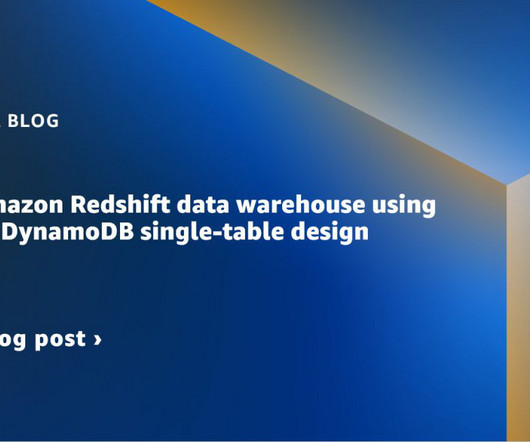What are decision support systems? Sifting data for better business decisions
CIO Business Intelligence
NOVEMBER 14, 2022
Bayer Crop Science has applied analytics and decision-support to every element of its business, including the creation of “virtual factories” to perform “what-if” analyses at its corn manufacturing sites. Model-driven DSS use data and parameters provided by decision-makers, but Power notes they are usually not data-intensive.














Let's personalize your content